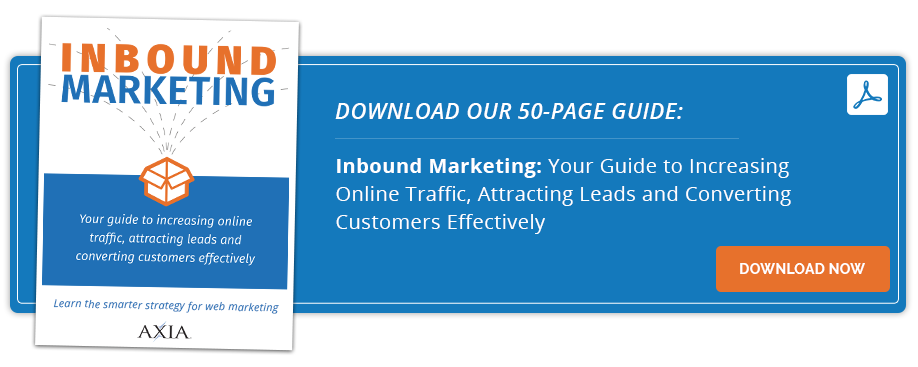Six PR standards for using quotes in news releases and corporate communication
By Alexandra SharpAugust 5, 2020
Although only a few words, correct quote attribution gives your story more clarity and credibility
 So much of PR relies on effective communication, including quoting your executives, citing experts in the field, and crafting news releases. Getting the correct quote is only half the battle. Once you know what you want to include, you must ensure the attribution is accurate. Without proper attribution, you can lose your audience’s trust.
So much of PR relies on effective communication, including quoting your executives, citing experts in the field, and crafting news releases. Getting the correct quote is only half the battle. Once you know what you want to include, you must ensure the attribution is accurate. Without proper attribution, you can lose your audience’s trust.
Quote attribution can be tricky as each quote scenario adheres to unique rules. At Axia Public Relations, we follow the Associated Press Stylebook’s quote attribution policies. However, be sure to check your own organization’s copy editing stylebook on quote attribution, as some organizations have different guidelines.
Don’t know where to start? Here are six basic quote attribution rules to follow in your corporate communications.
- Introducing the Source
You should have introduced your source before the quote so there’s no confusion about who the speaker is. Once that’s done, you only need to attribute the source’s last name followed by the word “said.”
For example, Jason Mudd, CEO of Axia Public Relations, offers copy editing services. “Copy editing is important,” Mudd said.
If you haven’t introduced the source prior to the quote, place “said” first and follow that with the source’s full name and title. For example: “Copy editing is important,” said Jason Mudd, CEO of Axia Public Relations.
- One Sentence Quotes
If your quote is only one sentence long, the attribution should be at the end of the sentence. Rather than ending the quote with a period, insert a comma, add the closing quotation marks, and place “last name said.” For example: “Copy editing is important,” Mudd said.
- Multi-Sentence Quotes
The attribution should be after the first sentence if your quote is multiple sentences long. You do not repeat the attribution at the end of the full quote.
For example: “Copy editing is important,” Mudd said. “Make sure to double check your attributions.”
If the source has not been introduced yet, the source’s full name and title should be after the first sentence.
For example: “Copy editing is important,” said Jason Mudd, CEO of Axia Public Relations. “Make sure to double check your attributions.”
- Multiple Sources
Sometimes, you must mention multiple sources within the same paragraph, such as when using dialogue or citing two different sources. Other times, the speaker of the quote is different from the last source mentioned. Although AP Style discourages this practice, it’s best to know what to do if this occurs in your copy.
To avoid speaker confusion, place the attribution prior to the quote. If it’s a one sentence quote, a comma is acceptable. If it’s a multi-sentence quote, use a colon instead.
For example: Mudd said, “Copy editing is important.”
Or, Mudd said: “Copy editing is important. Make sure to double check your attributions.”
At Axia, we’ve had clients provide us with a quote that’s attributed to multiple people, such as co-owners or multiple leaders. It is highly unlikely that two or more people said the exact same thing at the exact same time. Therefore, we ask for companies to cite only one source per quote. Otherwise, you must say the sources said the quote at the same time.
For example: “I love copy editing,” said Mudd and Sharp simultaneously.
- Written Sources
Quotes are always best when they are given from a primary source. However, quotes from previously published material can still be effective. When attributing a quote from a document, insert “according to” instead of “said.”
For example: “Clear, consistent copy editing improves your company’s corporate communications,” according to an article by Axia Public Relations.
If you are citing a quote within a quote, use single quotations around the dialogue.
For example: “CEO Jason Mudd believes ‘clear, consistent copy editing improves your company’s corporate communications,’” according to an article by Axia PR.
Avoid solely quoting the dialogue portion without citing the article it came from. In other words, keep the attribution on the article rather than on the specific source.
The same rules above on where to place attribution apply to written sources. However, there is more leeway about placing document attribution prior to the quote, such as wanting to vary sentence structure, so double check with your organization’s personal style guide.
- Said versus Says
Newspapers always use “said.” TV stations, radio stations, podcasts, and vodcasts use “says” when on air and in digital articles. Magazines also use “says.”
Axia recommends companies mimic the same standards of the media outlet that they’re appealing. If the written communication is not for a media outlet, we recommend using “said” as standard practice.
Avoid using other attribution terms with emotions tied to them unless you’re absolutely certain that’s how the quote was said. Examples of these include “shouted” or “whispered.” Many people use “laughed” as a way to add color; however, one cannot laugh words but rather, one says words while laughing. Therefore, “laughed” should never be a form of attribution.
Also avoid using attribution terms that imply inner thoughts or lack of credibility. The former includes words like “believed” or “felt.” The latter includes words like “claimed.”
Proper quote attribution is vital. With one forgotten attribution or improper word choice, your company can lose your audience’s respect. So make sure you’re creating the perfect picture with every quote your company includes.
For more tips and tricks, check out Axia’s series on why copy editing is important.
Photo by Startup Stock Photos from Pexels
Topics: PR tips, copy editing


Comment on This Article